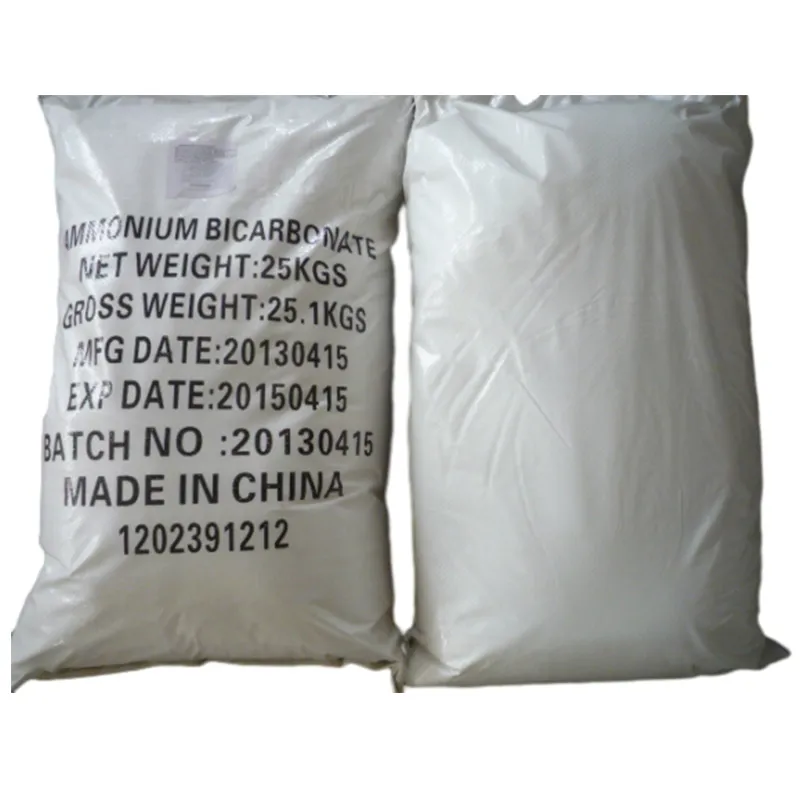
acidity regulator e331
Understanding E331 The Acidity Regulator
E331, commonly known as sodium citrate, is a widely used acidity regulator in the food and beverage industry. It is derived from citric acid and sodium, and its primary function is to maintain pH levels in various products. Sodium citrate is recognized for its versatile applications, safety profile, and ability to enhance the flavor and shelf life of food items. This article will explore the properties, uses, and safety considerations of E331.
What is E331?
E331 refers to a group of sodium salts of citric acid, which includes monosodium citrate (E331(i)), disodium citrate (E331(ii)), and trisodium citrate (E331(iii)). These compounds are typically white crystalline powders or granules that are soluble in water. The main feature of sodium citrate is its ability to act as a buffering agent, helping to regulate the acidity or alkalinity of food products.
Functions of E331 in Food Products
1. pH Regulation Sodium citrate is primarily used to regulate acidity in food products. It helps to stabilize the pH levels, which is vital for maintaining the quality and safety of food items. A stable pH can prevent unwanted microbial growth and prolong the shelf life of the product.
2. Flavor Enhancement E331 can enhance the taste of food by providing a slight tartness that complements other flavors. This is especially beneficial in beverages, sauces, and dressings.
3. Emulsification In products like cheese and dairy, sodium citrate acts as an emulsifier, helping to blend water and fat-based ingredients. This property is essential for creating smooth textures in processed cheese products.
4. Preservation By regulating pH, sodium citrate contributes to the preservation of food products, reducing the need for artificial preservatives. This makes it a popular choice among manufacturers seeking to create cleaner-label products.
acidity regulator e331

5. Stabilizing Agent E331 is also used to stabilize certain formulations, ensuring that the ingredients do not separate or degrade over time. This stability is crucial in maintaining the quality of the final product.
Applications of E331
Sodium citrate is utilized in a wide range of food and beverage products. It is commonly found in
- Beverages Soft drinks, fruit juices, and sports drinks often contain E331, where it serves to adjust the acidity and flavor profile. - Dairy Products Processed cheese, dairy-based sauces, and desserts frequently incorporate sodium citrate to achieve the desired texture and stability. - Canned and Bottled Foods Many canned vegetables and sauces use sodium citrate to enhance flavors and preserve freshness. - Bakery Products It can be found in some baked goods, where it helps manage the acidity during fermentation.
Safety and Regulatory Status
Sodium citrate is generally recognized as safe (GRAS) by various health authorities, including the U.S. Food and Drug Administration (FDA) and the European Food Safety Authority (EFSA). It is considered non-toxic when consumed in typical food quantities. However, excessive intake may lead to gastrointestinal discomfort or other mild side effects.
For certain populations, such as those with kidney issues, sodium citrate intake should be monitored, as excessive sodium can exacerbate health problems. As with any food additive, it is essential for individuals to adhere to recommended dietary guidelines regarding sodium levels.
Conclusion
E331, or sodium citrate, plays a critical role in the food and beverage industry as an acidity regulator, flavor enhancer, and stabilizing agent. Its versatile applications and safety profile make it a preferred choice for manufacturers aiming to improve product quality and extend shelf life. While generally safe for consumption, awareness of sodium intake is prudent for individuals with specific dietary concerns. As the demand for clean-label and natural ingredients continues to rise, sodium citrate is likely to remain an essential component of food formulation in the years to come.
-
Understanding Synthetic Rubber OptionsNewsApr.27,2025
-
Trichloroisocyanuric Acid: Essential for Clean and Safe WaterNewsApr.27,2025
-
Sodium Dichloroisocyanurate: Key to Safe Water TreatmentNewsApr.27,2025
-
Sodium Acid Pyrophosphate: Essential in Modern Food ProcessingNewsApr.27,2025
-
Essential Water Treatment ChemicalsNewsApr.27,2025
-
Denatured Alcohol and Its Industrial UsesNewsApr.27,2025
-
The Versatile Uses of Sodium BicarbonateNewsApr.24,2025
Hebei Tenger Chemical Technology Co., Ltd. focuses on the chemical industry and is committed to the export service of chemical raw materials.
-

view more DiethanolisopropanolamineIn the ever-growing field of chemical solutions, diethanolisopropanolamine (DEIPA) stands out as a versatile and important compound. Due to its unique chemical structure and properties, DEIPA is of interest to various industries including construction, personal care, and agriculture. -

view more TriisopropanolamineTriisopropanolamine (TIPA) alkanol amine substance, is a kind of alcohol amine compound with amino and alcohol hydroxyl, and because of its molecules contains both amino and hydroxyl. -

view more Tetramethyl Thiuram DisulfideTetramethyl thiuram disulfide, also known as TMTD, is a white to light-yellow powder with a distinct sulfur-like odor. It is soluble in organic solvents such as benzene, acetone, and ethyl acetate, making it highly versatile for use in different formulations. TMTD is known for its excellent vulcanization acceleration properties, which makes it a key ingredient in the production of rubber products. Additionally, it acts as an effective fungicide and bactericide, making it valuable in agricultural applications. Its high purity and stability ensure consistent performance, making it a preferred choice for manufacturers across various industries.











